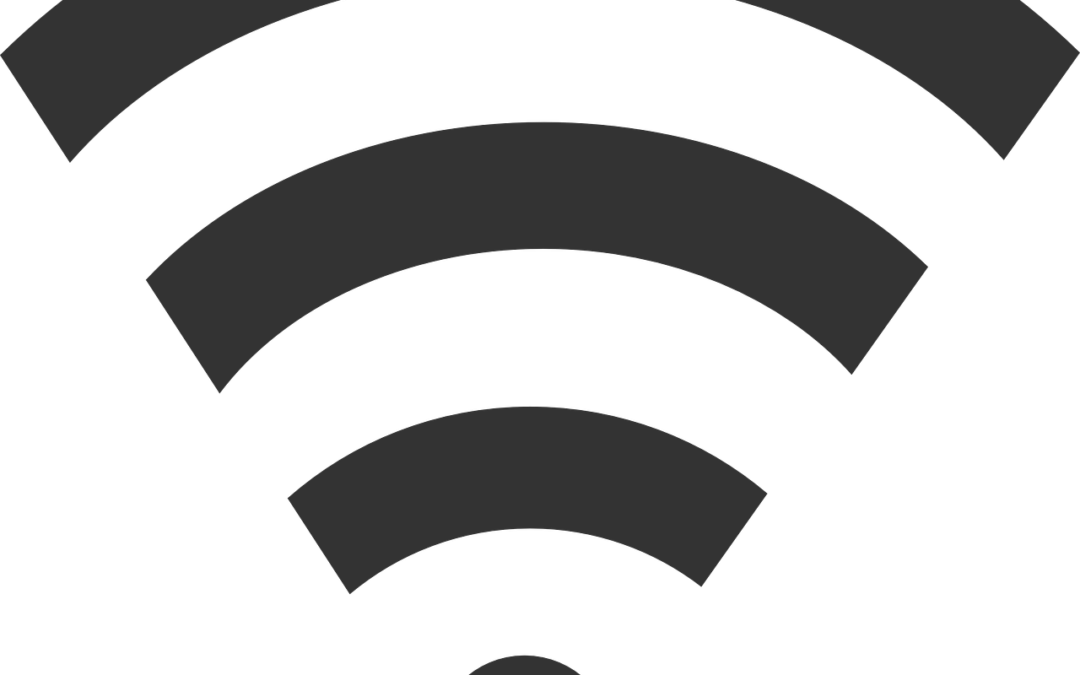In the last installation of our series on how to develop an Industrial Internet of Things solution, we discussed a myriad of considerations that must be tackled when evaluating and choosing hardware devices. With a clear understanding of which devices will meet your business requirements, it’s now time to move onto defining your Industrial Internet of Things solution’s connectivity requirements.
Let’s take a look at the four major factors you should consider when defining IIoT solutions’ connectivity options:
Selecting the Right Connectivity Technology
An Industrial IoT solution’s ideal physical connectivity depends on a myriad of factors including the number of devices and their locations, access to power and data collection requirements. Depending on the network topology, devices and sensors can either connect locally or straight to the internet. If connecting locally, there are a number of different local area connection options such as RFID, NFC, Bluetooth, Zwave, and Zigbee. If a device or sensor needs to connect directly to the internet, on the other hand, it can connect via wired Ethernet, WiFi or 3G/4G cellular data modems.
Proprietary vs. IP based Network
Industrial IoT solutions that are developed on proprietary networks tend to lead to data silos that negatively impact user adoption and utilization rates. Instead, consider developing your IIoT solution on an IP based network. IP Based networks eliminate barriers to access that can lead to inefficient communication, and alternatively support better information sharing. With an IP based IIoT solution, systems controllers and users will be able to more easily access and share the information that the IIoT solution collects. Industrial IoT solutions using IP based networks can also integrate with big data sharing networks through partner ecosystems. In this way, these solutions can evolve over the years to continue enabling users to make more informed decisions.
Maximizing the Value of Your Data
With Industrial IoT solutions, sensors are attached to industrial equipment and other physical objects in order to collect valuable data. Technical specifications on how your enterprise will monitor, manage and ultimately utilize the data your IIoT solution collects should be defined early on to meet your established business goals. Industrial Internet of Things solutions produce a large volume and variety of data so IT departments must be prepared to manage this new influx of data by developing a data collection and analytics strategy. As the IoT system grows and business objectives change the amount of data collected can increase significantly. It’s critical that the system, therefore, is designed in a scalable and cost effective manner.
Securely Leveraging APIs
APIs enable businesses to securely expose data collected in Industrial Internet of Things solutions to internal and partnering applications. In order for an Industrial IoT solution to achieve maximum utility, it can integrate with other connectivity-enabled tools and technologies through APIs. Users can, then, access this flow of data through web and mobile apps. When deciding on how to utilize APIs focus on how they need to enhance the value of your solution. Also, begin establishing rules for partner apps that match your business’ security requirements.
—
Developing an Industrial Internet of Things solution is not so daunting when you map out its technical requirements in segments as we are doing in our blog series. Next, we will be examining how to define your IIoT solution so that it meets your administrative needs. In the meantime, consider using this checklist as a guide when defining your Industrial IoT solutions’ connectivity and other requirements:


